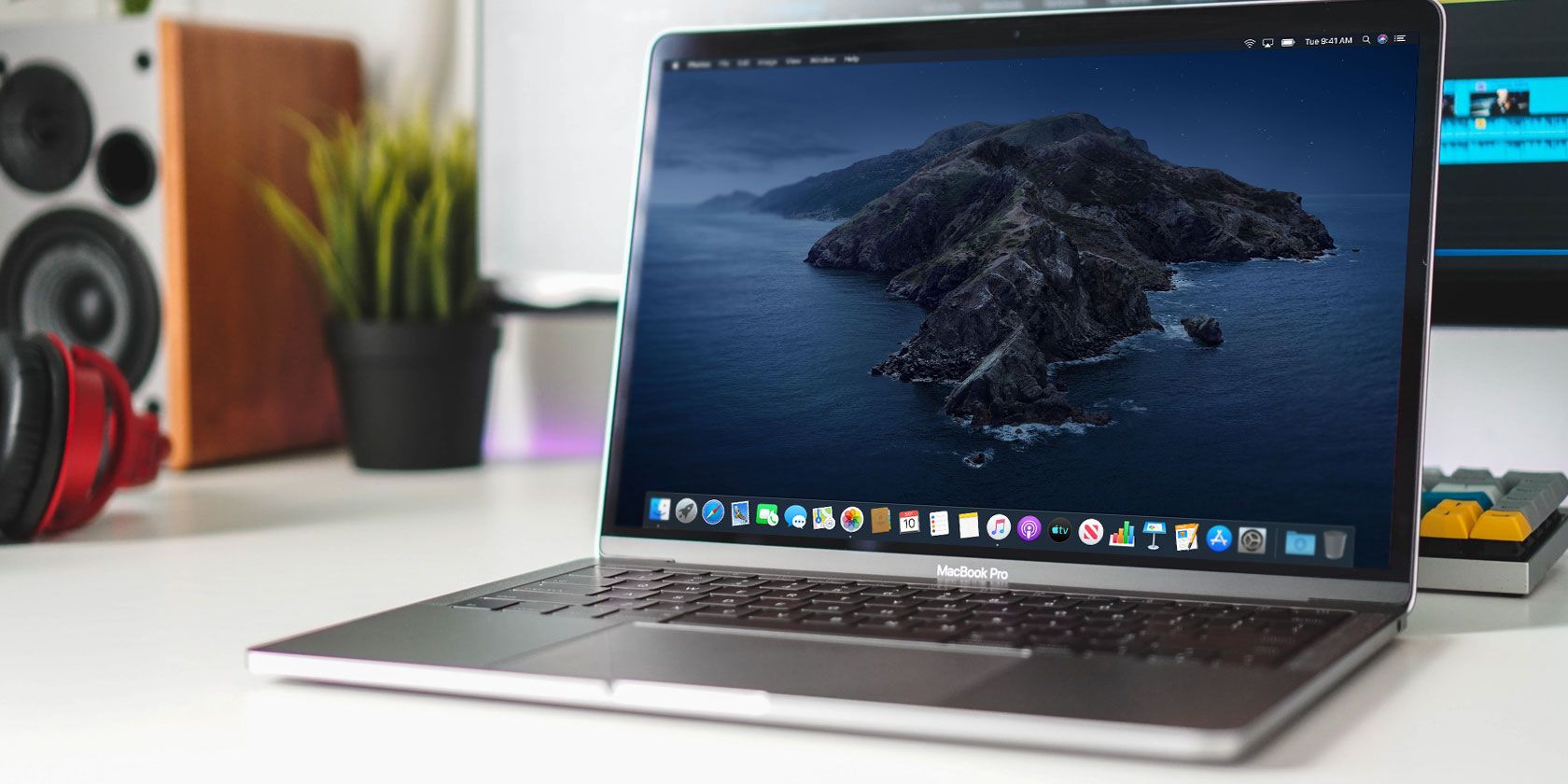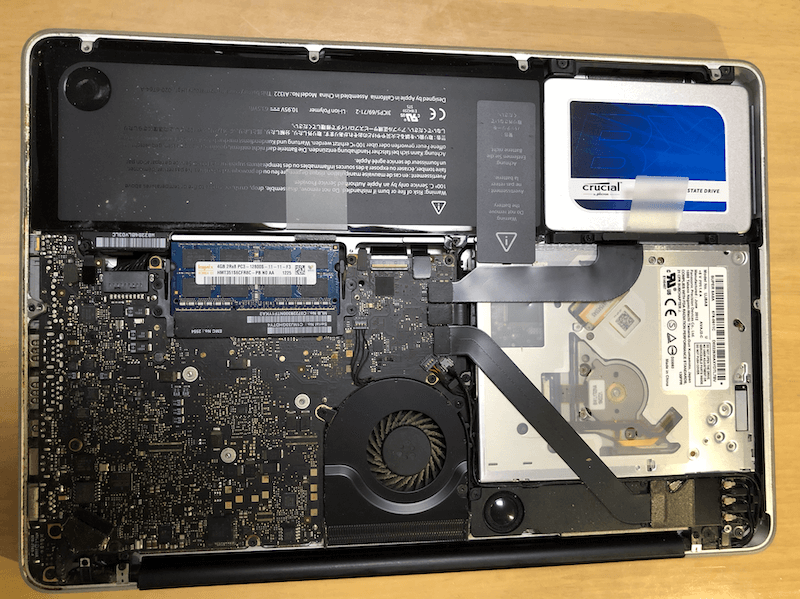
- #Mac hard drive reinstall searching for disks 2017 help install
- #Mac hard drive reinstall searching for disks 2017 help pro
- #Mac hard drive reinstall searching for disks 2017 help mac
- #Mac hard drive reinstall searching for disks 2017 help windows
Installed the "blank" SSD into the MacBook Pro, booted MacBook Pro into Recovery mode and then used Terminal prompt to format the SSD using the diskutil eraseDisk script. In the end, I did what anrah has mentioned above.
#Mac hard drive reinstall searching for disks 2017 help windows
I also tried it on another notebook running Windows 10, and it was not recognised as a disk on Windows - when i plugged the dock into the Windows notebook, a message came up identifying it as a faulty USB device, but I could not see it as a disk in Disk Management on Windows. Put the new SSD in the dock, connected dock to MacBook Pro, but the SSD was not being recognised at all in Finder or in Disk Utility. The original HDD was still working (but painfully slow), so i had intended to use a SATA III to USB3.0 dock to clone the HDD to the new SSD prior to removing the old HDD and installing the SSD.
#Mac hard drive reinstall searching for disks 2017 help mac
Note: If you can’t erase the startup disk or reinstall macOS, take your Mac for repair to an Apple Genius or authorized service provider.I had the same issue - bought a new Samsung EVO 860 SSD for my early 2011 MacBook Pro 13 inch running OS X Yosemite. Copy your data to your startup disk by selecting the option to migrate data from a Time Machine backup or another disk, in this case your external drive. After erasing the disk and installing macOS, your Mac will restart automatically, and the setup assistant will appear. Step 4: Erase your startup disk using macOS Recovery and reinstall macOS (don’t select your external drive). Step 3: After migration, follow the setup assistant instructions to the end, and when you see your desktop, confirm that all your data is present on the external drive. When you see the Setup Assistant, choose the option you want to use to move data from another disk, and select the startup disk on your Mac as the source from which to migrate data. Step 2: Once macOS is installed, your Mac will restart automatically from the external drive. Select the external disk that you want to erase, not your startup disk.
#Mac hard drive reinstall searching for disks 2017 help install
Erase the external drive using macOS Recovery and then install macOS to it.

Step 1: Connect an external drive that’s similar in size or larger than your startup disk. You can take the steps below to take a backup of your data to an external drive if you don’t have a recent data backup for your startup disk: Before doing that, take a backup of any important data from the disk before erasing everything stored on it. If Disk Utility can’t repair your startup disk, you may have to reformat it. If it’s not recognized under Disk Utility, it’s probably dead.

Step 6: Finally, use the Startup Disk to select your hard drive to restart your Mac from the hard drive. If this fixes any issues, run it all over again until you see the green OK, and then run Repair Permissions. To enable this button, click on your hard drive’s macOS partition. Step 4: If you see your hard disk on the list, click your macOS partition for the hard drive, and then select First Aid tab. Ignore this window and click Utilities and then click Disk Utility. Step 3: When your Mac starts up, choose the language you’ll use, press Return on your keyboard, and an Installation window will open. Note: Boot from the recovery partition if you’re on 10.7 Lion, 10.8 Mountain Lion or 10.9 Mavericks, and then repair the OS 10.7 or 10.8 partition using Disk Utility. Step 2: Once you hear the boot chime, hold down C key on your keyboard or the Option key until you see the Install Disk or Apple logo show up. You can use that disc, or if you have a later macOS version, use a newer disc for the same purpose.

Step 1: Place the install DVD that came with your Mac in the optical drive and reboot. This process forces your Mac to boot from the install DVD placed in the optical drive. Boot Your Mac From an Install DVD (For Older Macs)


 0 kommentar(er)
0 kommentar(er)
